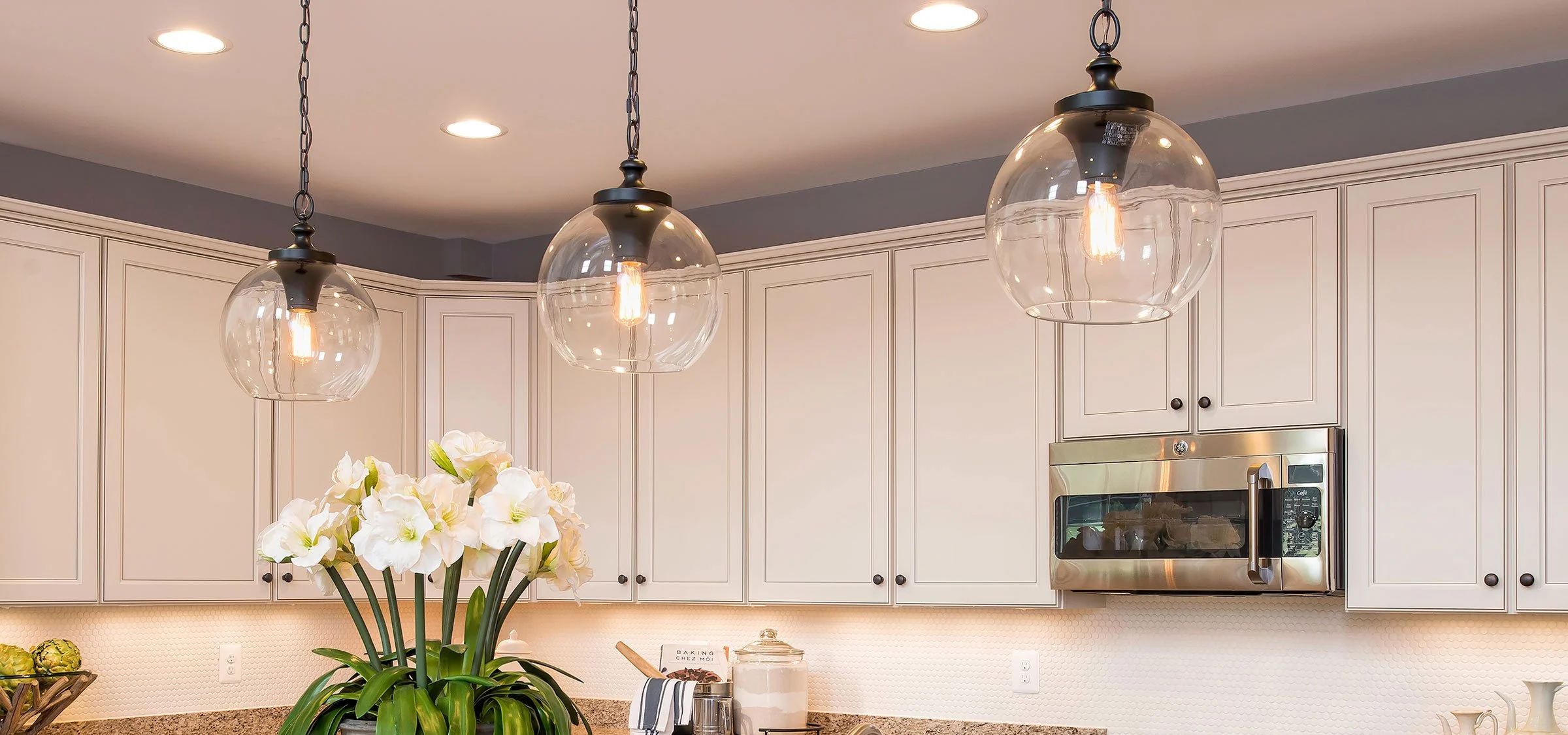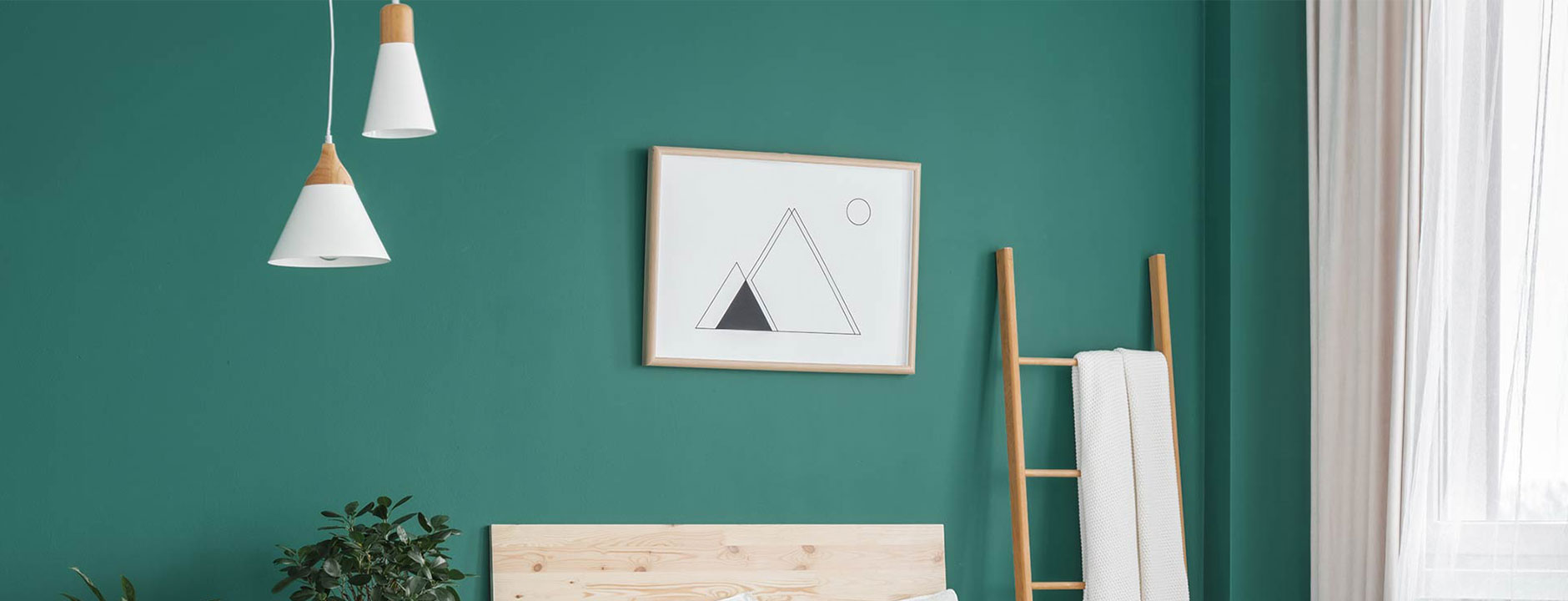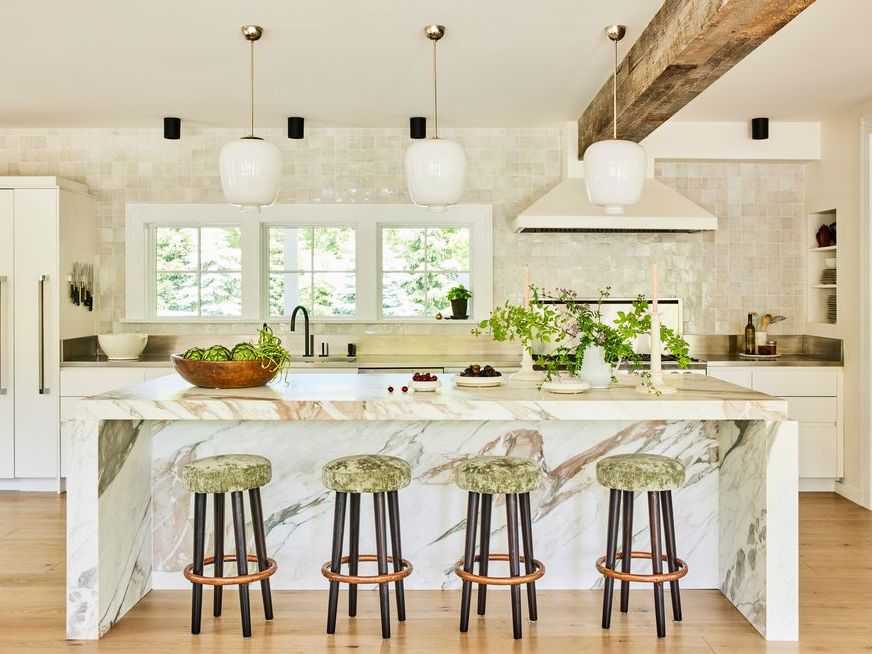A Comprehensive Guide to Installing and Keeping Your Pendant Light
Mounting and maintaining a necklace light needs cautious planning and implementation. Proper elevation dimensions can boost both performance and layout. Crucial tools and a clear setup procedure are crucial for a successful configuration. Regular upkeep guarantees longevity and efficiency. Recognizing these elements can transform an area. Recognizing where to begin may seem frightening. What actions should one focus on to attain the very best outcomes?
Understanding Pendant Light Styles
While many property owners seek to improve their spaces with Pendant lighting, understanding the various styles available is important for making an informed option. Pendant lights are available in a wide variety of styles, each offering unique aesthetic and practical advantages. Standard Pendant lights often feature timeless forms and materials, such as glass or metal, providing a timeless appeal. Contemporary designs, on the various other hand, might incorporate bold colors and innovative products to develop striking prime focus.
Industrial-style pendants commonly use resources like subjected light bulbs and rustic coatings, ideal for loft spaces and modern settings. For an extra whimsical touch, vintage-inspired alternatives evoke fond memories with detailed information and retro coatings. Furthermore, minimalist layouts concentrate on simpleness and clean lines, attracting those who choose understated elegance. Comprehending these diverse designs enables house owners to choose Pendant lighting that not just matches their style however also offers their functional lighting needs properly.
Measuring the Perfect Height for Your Pendant Light
Exactly how does one determine the best height for a necklace light? To accomplish the very best functionality and visual appeal, a number of variables need to be thought about. Commonly, a pendant light must hang 30 to 36 inches over a table to ensure enough lighting without obstructing views. Precede with high ceilings, the component might be positioned a little higher to maintain symmetry.
For kitchen islands, an elevation of 28 to 34 inches above the kitchen counter is generally suggested, permitting appropriate light coverage while maintaining a welcoming environment. In living locations, the Pendant must be hung at a height that matches the surrounding decoration and does not create a danger for people strolling below it.
Inevitably, personal preference and area dimensions play considerable duties in determining the ideal elevation. Checking different heights prior to last setup may help achieve the desired impact and capability.
Devices and Materials Needed for Installment
Successful installment of Pendant lights requires a certain collection of materials and devices to assure a smooth procedure. Essential devices consist of a screwdriver, cable pole dancer, and a drill, which assist in safe component attachment and correct circuitry. A voltage tester is crucial for validating safety and security by making sure that power is off prior to starting any electric job.
Along with tools, specific materials are essential for installment. These include the Pendant lighting fixture itself, electrical circuitry, cable nuts for protected links, and placing hardware. A ceiling hook may additionally be needed, depending on the component's style.
For added safety and security and comfort, a ladder will aid within high ceilings, while a level assures that the light hangs uniformly. Preparing these tools and products in advance enhances the setup procedure, making it much more efficient and reliable. Proper preparation is important to accomplishing an effective Pendant light installment.
Step-by-Step Setup Refine
With the essential devices and materials collected, the installation procedure for Pendant lights can begin. First, the power supply need to be transformed off at the circuit breaker to assure security. Next off, the placing bracket requires to be affixed to the electrical box in the ceiling. After securing it, the electrical contractor's tape need to be made use of to cover any kind of exposed cords.
Following that, the Pendant light's wires are connected to the corresponding wires in the ceiling: black to black (or red), white to white, and environment-friendly or copper for ground. As soon as the links are made, they ought to be safeguarded with cable nuts.
The Pendant light can after that be affixed to the placing bracket, ensuring it hangs at the preferred elevation. The light bulb is put, and the power is turned back on at the circuit breaker, enabling the new Pendant light to brighten the space.
Preserving and Cleansing Your Pendant Light
What steps should be taken to ensure the long life and visual allure of Pendant lights? Regular maintenance and cleansing are important in protecting their appeal and performance. Dirt and dust can gather on Pendant lights, diminishing their shine. To clean, a soft, lint-free cloth or microfiber towel should be utilized, in addition to a mild cleaner ideal for the surface product - Pendant Light. For glass or crystal pendants, a glass cleaner can boost clarity without touches
It is advisable to turn off the light and allow it to cool down before cleaning. Additionally, checking the component for loose bulbs or links occasionally guarantees safety and security and optimal efficiency. Changing light bulbs routinely prevents strain on electrical components if appropriate. Preserving a risk-free environment by staying clear of direct exposure to moisture can substantially prolong the life of Pendant lights. Adhering to these actions will maintain Pendant lights looking their best while functioning successfully.
Troubleshooting Typical Pendant Light Issues
When pendant lights breakdown, numerous common problems may occur, including flickering light bulbs, inaccurate setup, and voltage fluctuations. Identifying the root reason is essential for efficient repairing and ensuring peak efficiency. Attending to these problems immediately can enhance the durability and performance of Pendant lighting components.
Flickering Light Bulbs
Flickering light bulbs can be a source of stress for house owners, frequently signifying underlying electrical problems or straightforward upkeep requirements. This sensation might stem from loosened light bulb connections, where the bulb is not safely fitted into the outlet, creating intermittent get in touch with (Pendant Light). In addition, defective or aging light bulbs might flicker as they near the end of their life-span. Another typical reason is irregular voltage, which can emerge from issues within the electrical system or straining circuits. Home official statement owners should likewise look for damaged electrical wiring, as this can lead to flickering and present safety threats. Normal inspections and prompt replacements are vital to guarantee appropriate functionality and to preserve a safe home environment. Identifying the origin reason promptly can avoid more difficulties

Incorrect Installation Concerns
Incorrect installment of Pendant lights can lead to a range of issues that may resemble those created by flickering light bulbs. Usual troubles consist of loosened electrical wiring links, which can interrupt the flow of electrical power and cause intermittent illumination. Furthermore, if the installing bracket is not securely attached, the Pendant might hang unevenly, creating an unpredictable component that can trigger vibrations or noise. Wrong light bulb types or wattage can additionally add to performance concerns, as inappropriate bulbs might not work successfully in the component. Insufficient spacing from the ceiling can develop shadows or reduce light distribution, lessening the designated effect of the Pendant light. Determining and dealing with these installment errors is essential for accomplishing proper performance and aesthetic charm.
Voltage Fluctuation Issues
Although Pendant lights can enhance an area's setting, voltage changes can lead to considerable performance problems. These changes may create flickering lights, decreased illumination, or even premature light bulb failure. To diagnose such troubles, one should first inspect the lighting fixture's compatibility with the voltage supply. Utilizing a multimeter can assist gauge voltage levels and determine abnormalities. If voltage problems continue, it may be required to evaluate the electric system for loosened links or malfunctioning circuitry. In many cases, speaking with an accredited electrical expert is recommended to assure safety and conformity with neighborhood codes. Appropriately dealing with voltage variations not just boosts the performance of Pendant lights but also expands their lifespan and boosts total illumination top quality.
Enhancing Your Room With Pendant Light Placement
Reliable Pendant light placement can significantly boost a room by sticking to ideal height standards, making certain the appropriate lighting degree. Layering these lights with various other resources can produce a balanced environment, highlighting centerpieces within the room. Achieving an unified look needs careful consideration of both the fixture's positioning and its connection with bordering aspects.
Optimal Height Guidelines
When contemplating the ideal elevation for Pendant lights, a general guideline recommends hanging them around 30 to 36 inches above a countertop or table surface area. This height allows for optimum illumination while ensuring that the light does not block views or create threats. In dining locations, Pendant lights need to be placed to enhance the eating experience, normally around 28 to 34 inches above the table. For cooking area islands, preserving uniformity throughout multiple necklaces can create a natural look; spacing them equally and adhering to the advised height boosts performance. It is vital to think about ceiling elevation as well, as greater ceilings may need adjustments to preserve proportionality and visual appeal. Appropriate elevation placement greatly adds to the total ambiance of an area.
Layering With Other Lights
As Pendant lights are integrated right into a broader lights design, they can considerably enhance the environment of a room. Their flexibility enables them to be layered with ambient, task, and accent lights, producing an unified equilibrium. Combining pendant lights with recessed lights can give basic lighting while highlighting particular areas. Task illumination, such as under-cabinet lights, can match pendants in kitchens, making certain capability without giving up style. Accent lights, like wall surface sconces, can even more enrich the environment, accentuating artwork or building functions. By purposefully placing these light sources, house owners can attain deepness and dimension, transforming a normal area right into a perfectly brightened establishing that deals with numerous tasks and state of minds.
Focal Factors and Balance

Strategically positioned Pendant lights can function as enchanting prime focus within a space, drawing the eye and boosting the general aesthetic. When picking pendant lights, it is vital to take into account their dimension, shape, and color to assure they match the existing décor. For instance, a strong, oversized Pendant can develop a striking centerpiece over a table, while find this smaller sized fixtures may work better in collections to accomplish a well balanced look. Additionally, positioning Pendant lights at differing heights can add deepness and visual rate of interest to the space. Preserving equilibrium with various other components, such as furniture and wall surface shades, will make sure that the Pendant lights boost the room without overwhelming it. Thoughtful positioning changes the ambiance, producing an unified and inviting atmosphere.
Regularly Asked Questions
Can I Set Up a Necklace Light in a Recessed Ceiling?
The concern of whether a pendant light can be installed in a recessed ceiling frequently arises. Normally, it is feasible with suitable mounting equipment, ensuring proper support and electric connections for safe and efficient installation.
What Type of Light Bulb Is Finest for Pendant Lighting?
When selecting bulbs for Pendant lights, LED choices are usually preferred due to their power effectiveness and long life. In addition, the shade temperature level should match the desired ambiance, with cozy white being a preferred selection for comfy setups.
Are Pendant Lighting Safe for Outdoor Usage?

How Do I Pick the Right Pendant Light Power Level?
Choosing the ideal Pendant light power level entails evaluating the room's size, preferred brightness, and component compatibility. Normally, lower wattages match ambient illumination, while higher news electrical powers give job lights, making sure functionality and visual appeal.
Can I Make Use Of a Dimmer Switch Over With My Pendant Light?
The inquiry developed whether a dimmer button might be utilized with a necklace light. Typically, if the lighting fixture and bulb work, a dimmer button can effectively boost ambiance and control illumination degrees.
When pendant lights breakdown, a number of usual problems might occur, consisting of flickering light bulbs, incorrect installment, and voltage fluctuations. Inappropriate installation of Pendant lights can lead to an array of problems that may look like those created by flickering light bulbs. Inadequate spacing from the ceiling can produce darkness or lower light circulation, decreasing the designated result of the Pendant light. Effective Pendant light positioning can significantly improve an area by sticking to ideal height guidelines, guaranteeing the ideal lighting degree. When picking light bulbs for Pendant lights, LED alternatives are often preferred due to their energy efficiency and durability.